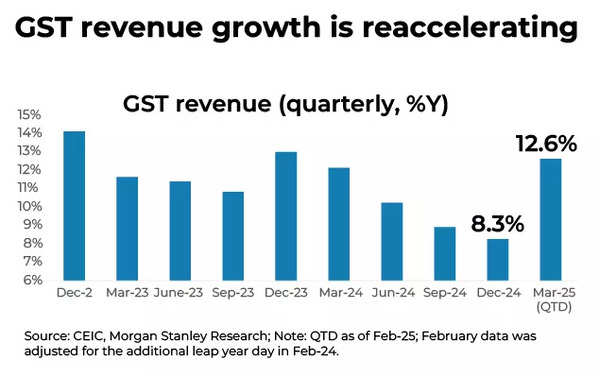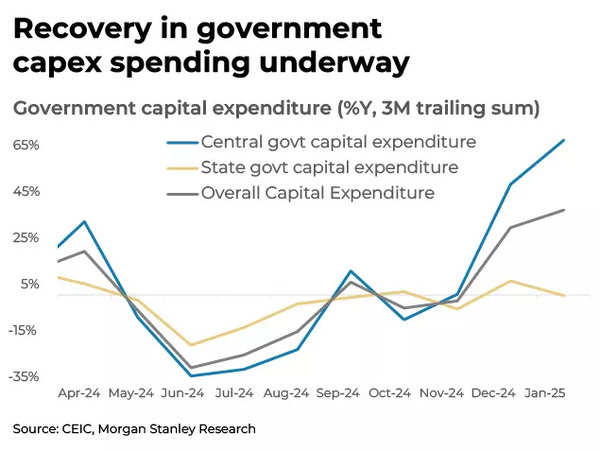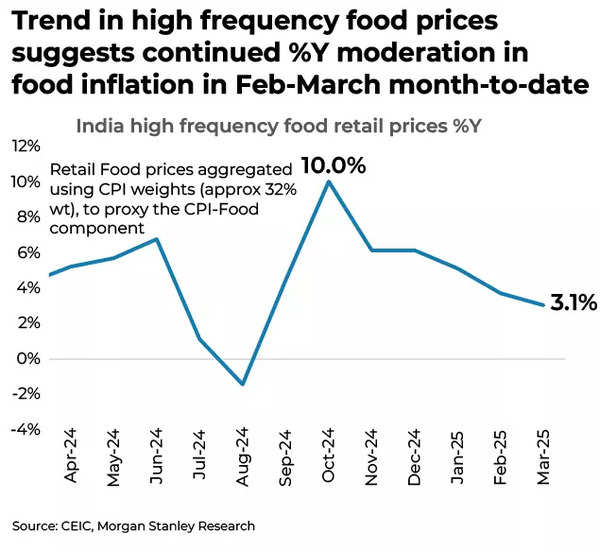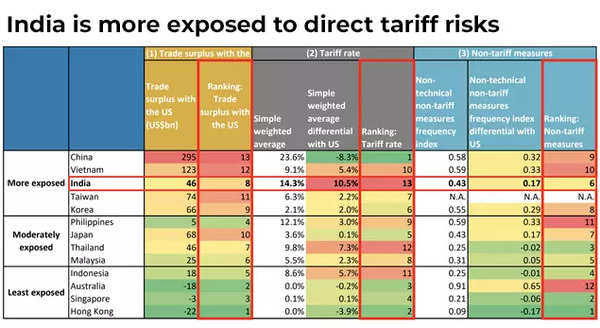Equity benchmark indices Sensex and Nifty declined in early trade on Thursday (April 23, 2025) amid profit-taking after a seven-day rally and muted trend in Asian markets.
The 30-share BSE benchmark declined 242.01 points to 79,874.48 in early trade. The NSE Nifty went down by 72.3 points to 24,256.65.
In the past seven trading days, the BSE benchmark gauge zoomed 6,269.34 points or 8.48% and the Nifty jumped 1,929.8 points or 8.61%.
From the Sensex firms, Eternal, Bharti Airtel, ICICI Bank, Mahindra & Mahindra, HCL Technologies, Reliance Industries, and HDFC Bank were among the laggards.
IndusInd Bank, Tech Mahindra, Nestle, Bajaj Finance, Axis Bank, and Tata Motors were among the gainers.
In Asian markets, South Korea’s Kospi index, Shanghai SSE Composite, and Hong Kong’s Hang Seng were trading lower while Tokyo’s Nikkei 225 quoted in the positive territory.
U.S. markets ended sharply higher on Wednesday (April 23, 2025). Nasdaq Composite jumped 2.50%, S&P 500 surged 1.67% and Dow Jones Industrial Average climbed 1.07 per cent.
Global oil benchmark Brent crude climbed 0.12% to $66.20 a barrel.
Foreign Institutional Investors (FIIs) bought equities worth ₹3,332.93 crore on Wednesday (April 23, 2025), according to exchange data.
The BSE benchmark jumped 520.90 points or 0.65% to settle at 80,116.49, the highest closing level since December 18, on Wednesday (April 23, 2025). The Nifty rallied 161.70 points or 0.67% to 24,328.95.
Published – April 24, 2025 11:03 am IST








































